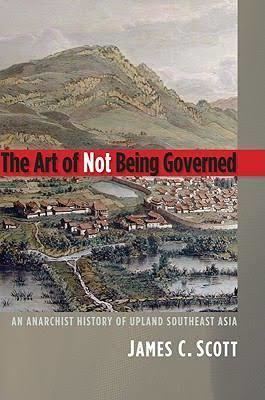8.2 /10 1 Votes
Originally published 2009 | 4.1/5 Goodreads | |||||||||||||||||||||||||||||||||
 | ||||||||||||||||||||||||||||||||||
Similar James C Scott books, Cultural anthropology books | ||||||||||||||||||||||||||||||||||
James scott on the topic of the art of not being governed
The Art of Not Being Governed: An Anarchist History of Upland Southeast Asia is a book-length anthropological and historical study of the Zomia highlands of Southeast Asia written by James C. Scott and published in 2009.
Contents
- James scott on the topic of the art of not being governed
- The art of not being governed
- Synopsis
- Related topics
- References
The art of not being governed
Synopsis
For two thousand years the disparate groups that now reside in Zomia (a mountainous region the size of Europe that consists of portions of seven Asian countries) have fled the projects of the nation state societies that surround them—slavery, conscription, taxes, corvée, epidemics, and warfare. This book, essentially an “anarchist history,” is the first-ever examination of the huge literature on nation-building whose author evaluates why people would deliberately and reactively remain stateless.
Among the strategies employed by the people of Zomia to remain stateless are physical dispersion in rugged terrain; agricultural practices that enhance mobility; pliable ethnic identities; devotion to prophetic, millenarian leaders; and maintenance of a largely oral culture that allows them to reinvent their histories and genealogies as they move between and around states.
Scott admits to making "bold claims" in his book but credits many other scholars, including the French anthropologist Pierre Clastres and the American historian Owen Lattimore, as influences.
